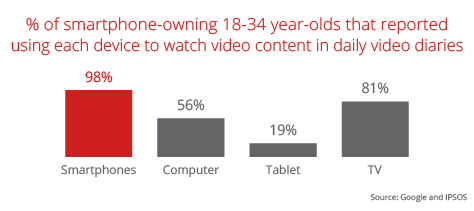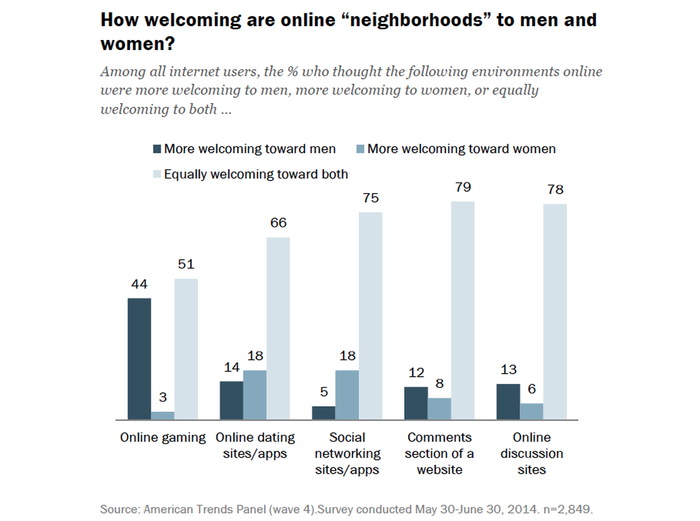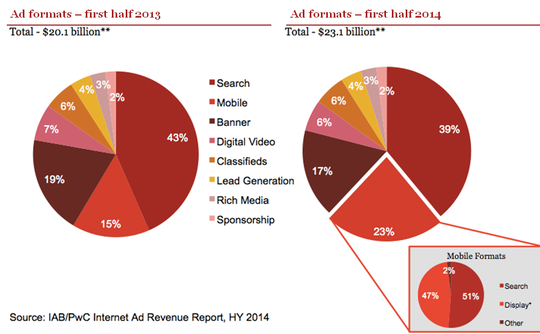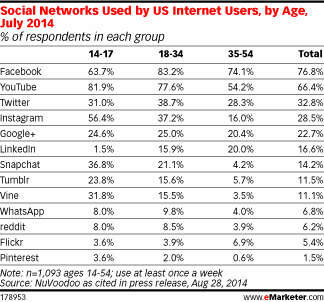Think With Google recently posted an article explaining how the use of mobile video can be a new driving factor when it comes to brand marketing — and with the numbers reported, it just makes common sense.
The numbers, compiled by Google and Ipsos, indicate that most millennials aged 18-34 utilize a smartphone for their information most often, considering it far less distracting than watching something on television.
The numbers also show that, out of all the video watched on smartphones, 40 percent of it comes from YouTube, enabling the possibility of mobile advertising through certain marketers. The channel already carries a good amount of advertisements, but, like Jello, there’s always room for more.
Out of those owning a smartphone in that market, a whopping 98 percent use them to watch video content, compared to 81 percent for television. Computers and tablets fall behind, with 56 and 19 percent, respectively. The chart below shows just how much smartphones have jumped ahead.

Those polled indicated that they only watch video on TV approximately 28 percent of the time, mainly due to the fact it can be distracting — and those millennials are twice as likely to focus on watching video through their smartphones over TV, due to the more up-close-and-personal nature of the device.
So where can brand advertisers make this market work for them According to Think With Google, there are two key areas. The first is thinking multi-screen with their campaigns, with a companion experience built with the smartphone in mind. The second is with creating in-the-moment experiences, with a better outreach to audiences in general, instead of just a plain medium, like sticking solely with television advertisements.
Volkswagen is a good example of this, launching a SmileDrive app that utilizes mobile devices and YouTube to create a shareable experience for those stuck in a morning commute. The move has certainly paid off, as more than 200,000 people have taken part in that experience.
Yes, it’s just a matter of outreach — and don’t be surprised if more companies tend to follow this example.
![Coke & Pepsi.001[1][2][1][4]](/wp-content/uploads/assets/alist-archived/2014/10/coke-pepsi-0011214.png)
![Coke & Pepsi.002[1][2][1][4]](/wp-content/uploads/assets/alist-archived/2014/10/coke-pepsi-0021214.png)
![Coke & Pepsi.003[1][2][1][4]](/wp-content/uploads/assets/alist-archived/2014/10/coke-pepsi-0031214.png)




